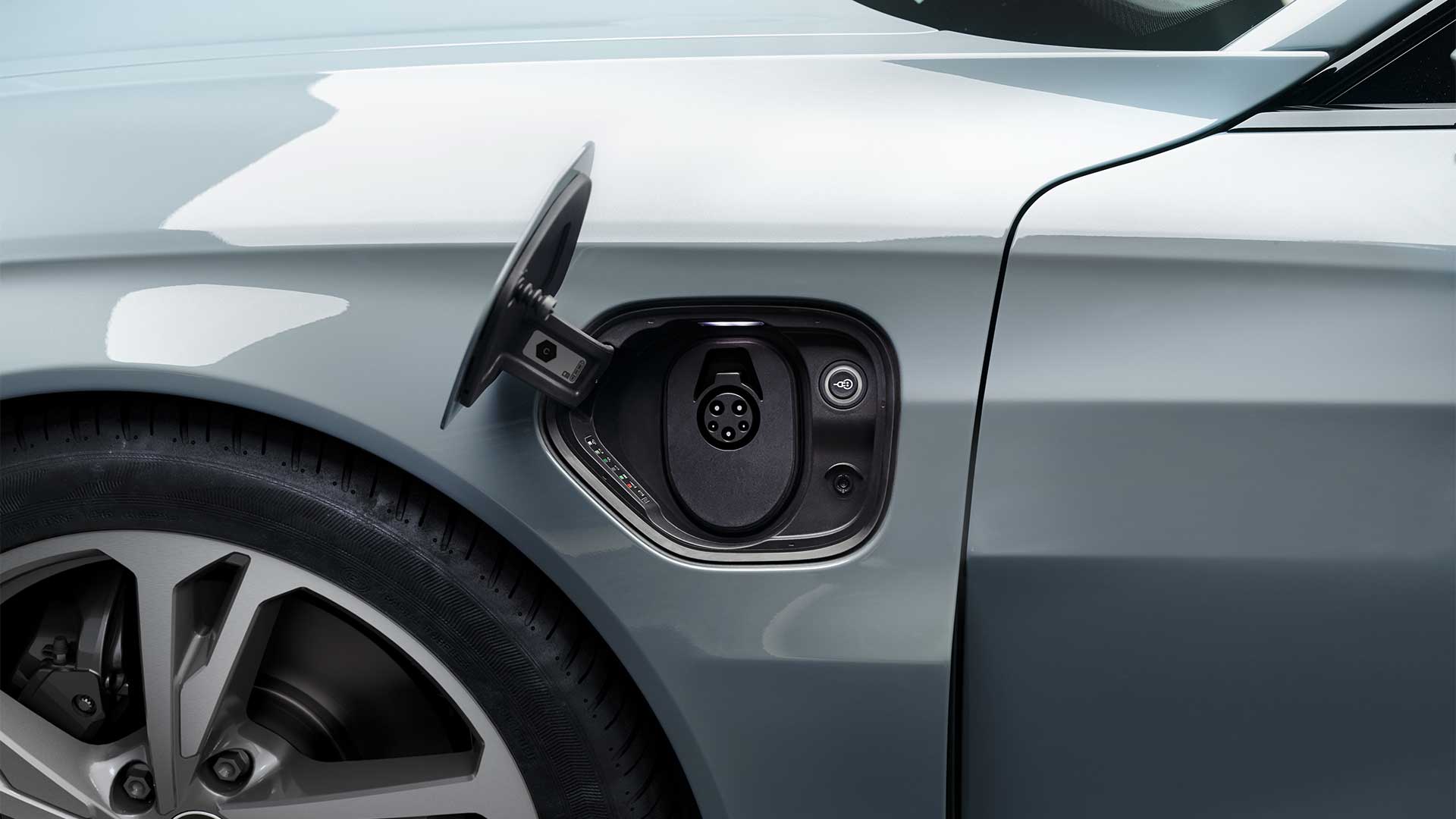The SQ6 Sportback e-tron is powerful in appearance with a high shoulder line and dynamically extended side line. The roof line, which slopes gently downwards from the windscreen, emphasises the progressive dynamism of the SUV with its sporty proportions.


